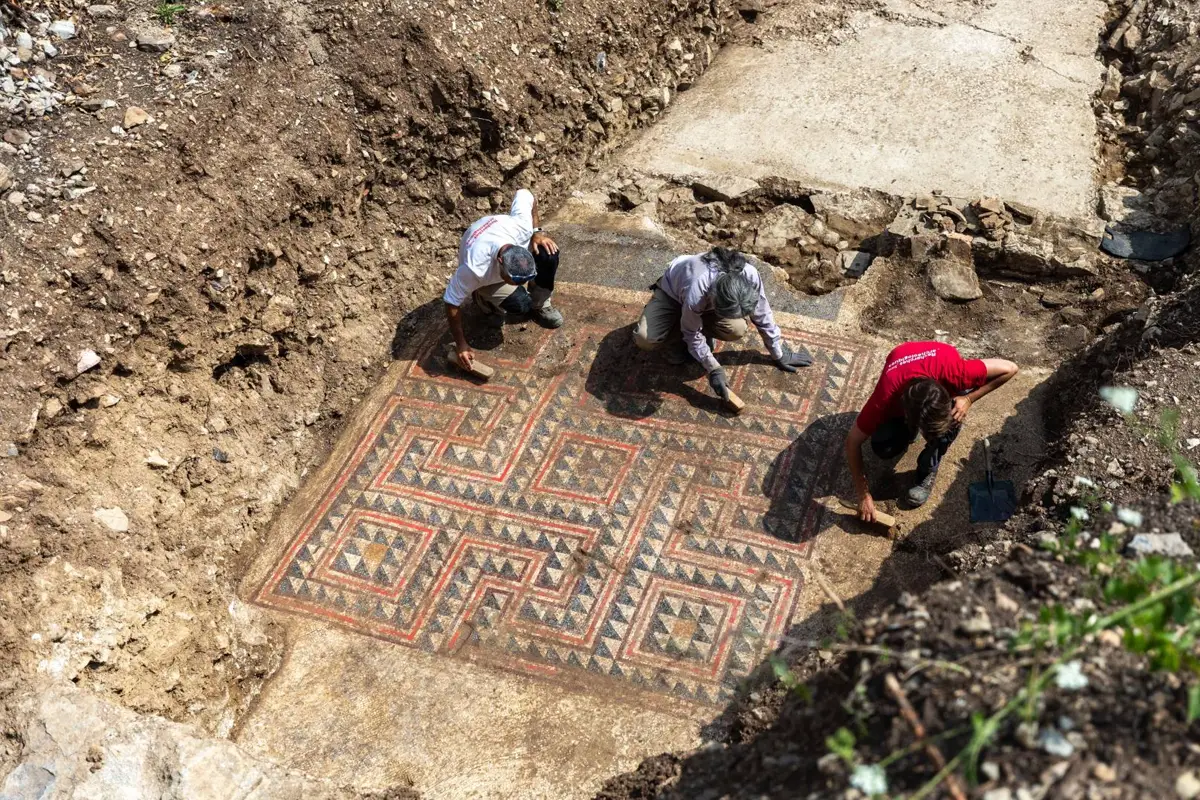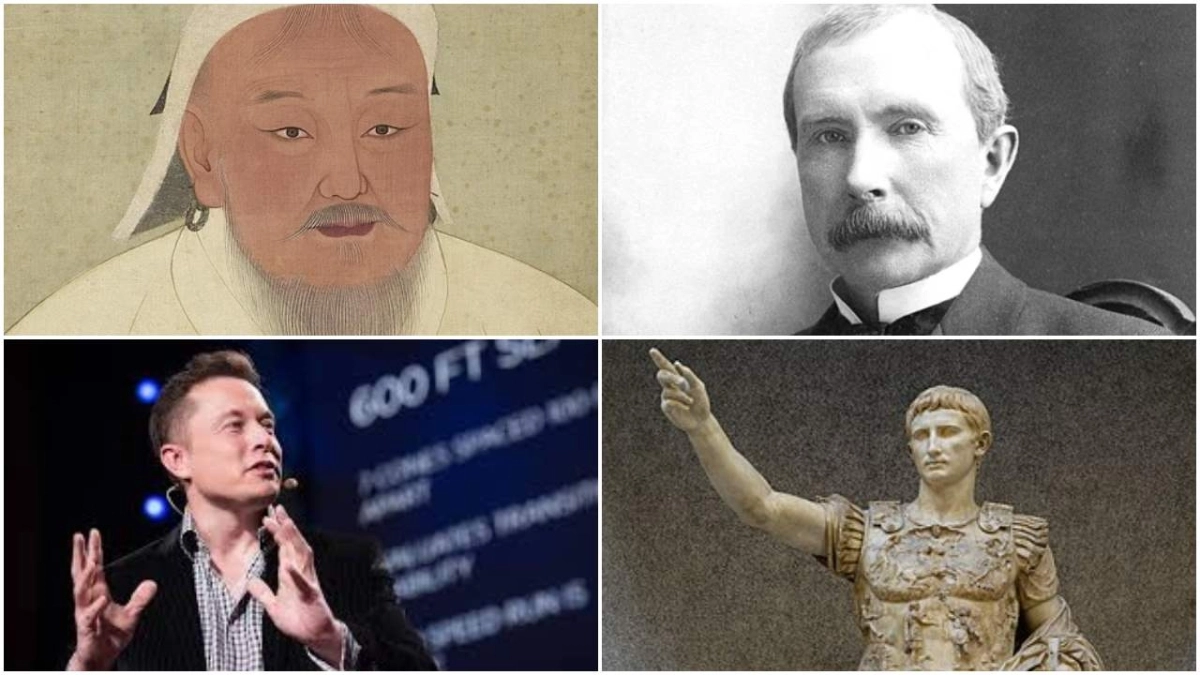Throughout history, caves have played a vital role in the religious and cultural practices of various ancient civilizations. These subterranean spaces, often regarded as gateways to the spiritual world, have been used for rituals, worship, and as places of refuge. The significance of caves can be found across different continents, each culture imbuing them with unique meaning and purpose.
Prehistoric Cave Sanctuaries
Prehistoric humans utilized caves for both shelter and religious purposes. The cave paintings of Lascaux in France and Altamira in Spain, dating back to the Upper Paleolithic period, suggest that early humans saw caves as sacred spaces. These intricate depictions of animals and symbolic imagery indicate that these locations may have been used for shamanistic rituals, possibly to ensure successful hunts or communicate with spiritual forces.
Hindu and Buddhist Cave Temples
In South Asia, caves became central to religious devotion, particularly in Hinduism and Buddhism. The Ellora and Ajanta Caves in India, carved between the 2nd century BCE and 9th century CE, house intricate rock-cut temples and monasteries. These caves served as places of meditation and worship, demonstrating the spiritual importance of natural and man-made caverns in fostering enlightenment and devotion.
Mesoamerican Sacred Caves
For the ancient Maya civilization, caves held profound religious significance. They were believed to be entrances to Xibalba, the underworld in Maya mythology. Rituals, including bloodletting ceremonies and offerings to deities, were performed in caves to maintain cosmic balance. Caves such as Actun Tunichil Muknal in Belize contain remnants of ceremonial artifacts and sacrificial remains, highlighting their role in religious practices.
Greek and Roman Cave Worship
The Greeks and Romans also associated caves with divine encounters. The Oracle of Delphi, located in a cavernous sanctuary of Mount Parnassus, was believed to house the spirit of Apollo. Caves dedicated to Pan and other deities were common places of worship, reinforcing the idea that these natural formations connected mortals with the divine.
Christian and Islamic Cave Traditions
Early Christian hermits and monks often sought solitude in caves, seeing them as places of retreat and spiritual enlightenment. The Cave of the Apocalypse on the Greek island of Patmos is revered as the site where Saint John received the visions recorded in the Book of Revelation. Similarly, in Islamic tradition, the Cave of Hira is where the Prophet Muhammad is said to have received his first revelation from the angel Gabriel, marking a pivotal moment in religious history.
Conclusion
Across different civilizations, caves have served as more than just geological formations—they have been sacred spaces where humanity sought connection with the divine. Whether through prehistoric art, elaborate temple complexes, or mystical revelations, these subterranean realms continue to inspire awe and reverence, reflecting the enduring relationship between nature and spirituality.







